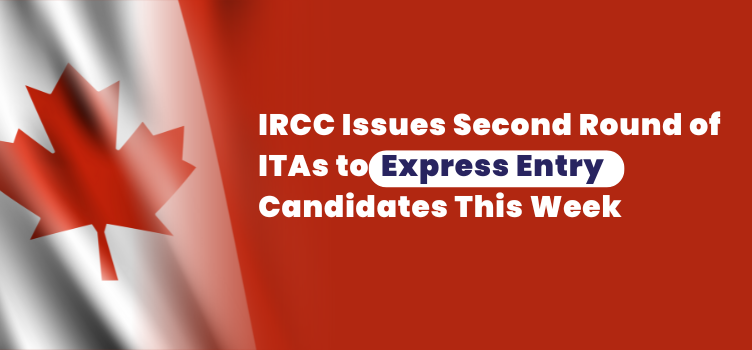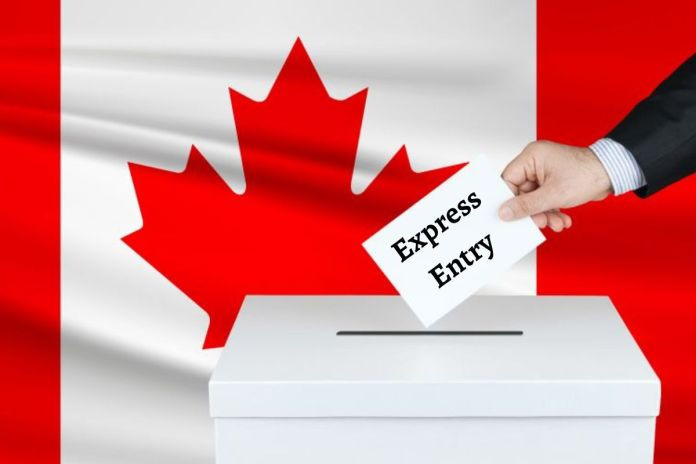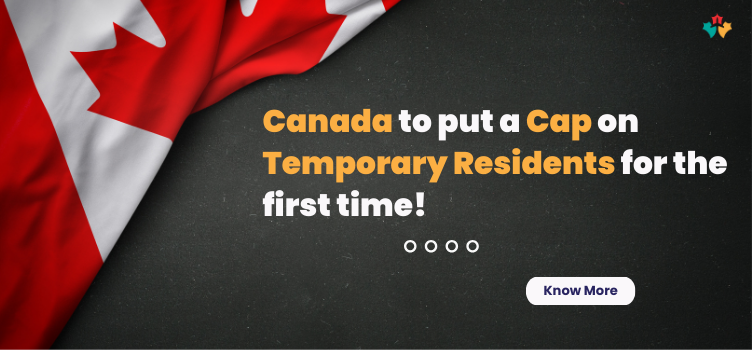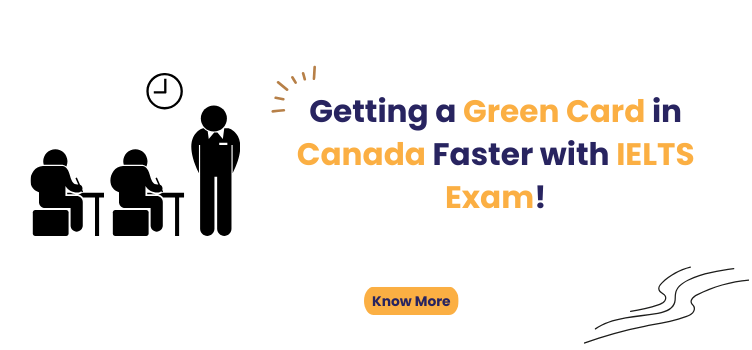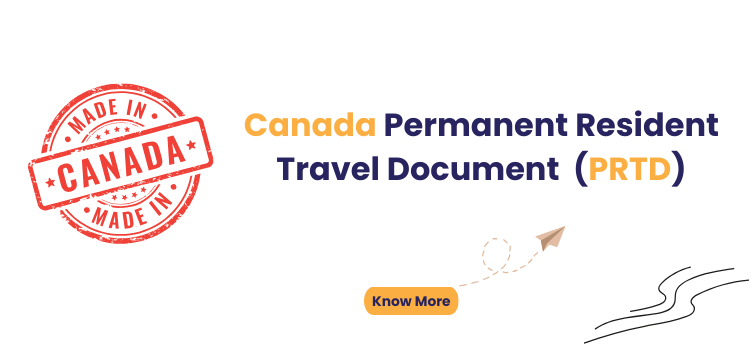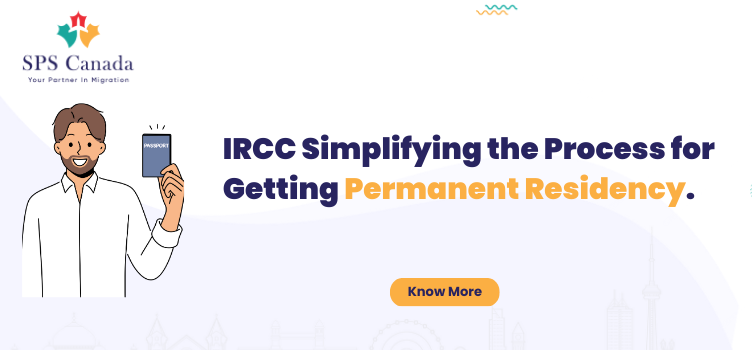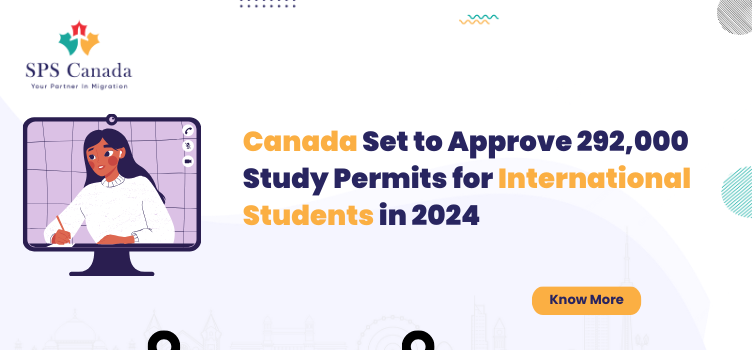On April 3, the BC PNP issued only 83 invitations for individuals seeking permanent residents. These invitations were dispersed in two distinct manners. Initially, 30 invitations were extended to candidates across various job categories, including Express Entry, Skills Immigration, Entry Level, and Semi-Skilled. The requisite score for invitation increased by 5 to 9 points in comparison to the previous draw on March 19, with the exception of the International Graduate category.
Furthermore, in this particular draw, invitations were specifically allocated to individuals in certain professions: 18 for early childhood educators’ assistants or instructors, 10 for construction-related occupations, and 25 for healthcare-related roles. Collectively, the threshold score necessary to secure an invitation for these targeted occupations rose by 10 points relative to March 19.
INVITATIONS TO APPLY
The draw dates, the type of draw conducted, the number of invitations to apply (ITAs) issued, and any specific factors that were targeted for a specific draw.
Targeted invitations to apply to the Skills Immigration streams may be based on one or more of the following factors:
- Education – level and field of education and where it was completed
- Eligible professional designations in B.C.
- Language skills
- Occupation
- Duration and skill level of work experience
- Wage and/or skill level of job offer
- Intent to live, work and settle in a specific region
- Strategic priorities – factors that address specific labor market needs in B.C. or support government pilot projects and initiatives

General information
The BC PNP will prompt individuals within the registration pool to submit an application for the program. Invitations to Apply ( ITAs) are determined based on the information furnished during registrations. This data is utilized to assess, select, and invite candidates deemed most likely to fulfill the economic and labor market requirements of British Columbia.
Invitations may be strategically directed to align with B.C. government priorities, such as bolstering specific business sectors, fostering regional immigration, and facilitating strategic pilot initiatives. The quantity of invitations extended and the frequency of ITA draws across all streams are managed to uphold consistent processing timelines for all applicants and to align with B.C.’s overarching priorities.
Learn on How to apply to this stream from Bc’s official website! OR
Get in touch with SPS Canada
Receive professional advice on any of your questions regarding Canadian immigration. get in touch with us, experienced immigration consultants from SPS Canada. For additional information, contact support@spscanada.com (Canada) or support.amd@spscanada.com (Ahmedabad), or by phone at (1) 905-362-9393 (Canada) or +919586226232 (Ahmedabad).


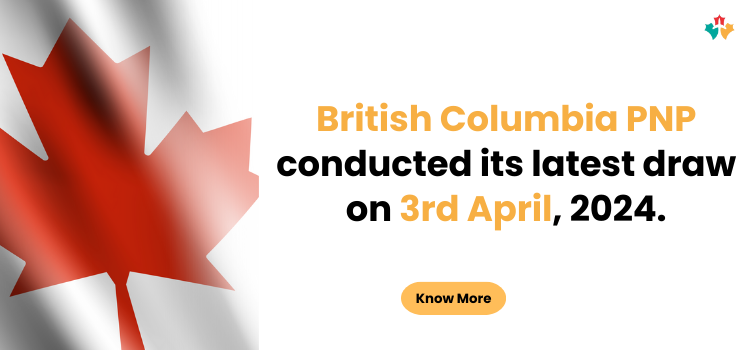


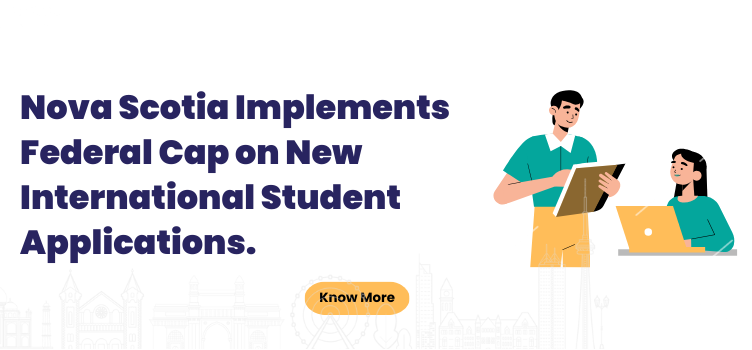

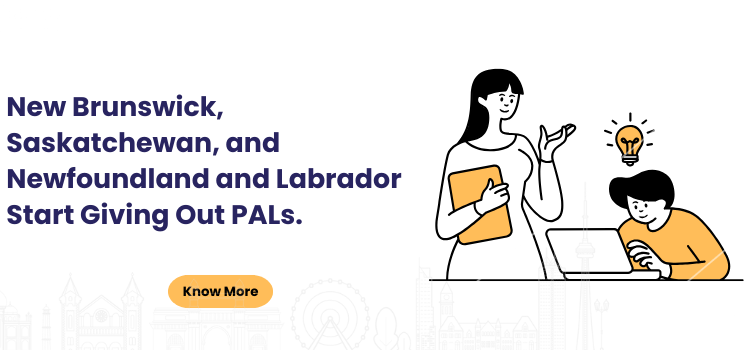

/cloudfront-us-east-1.images.arcpublishing.com/tgam/HOVDFMNFLBAK3JRE5457FM2P2A.JPG)
